Why we stayed in the city
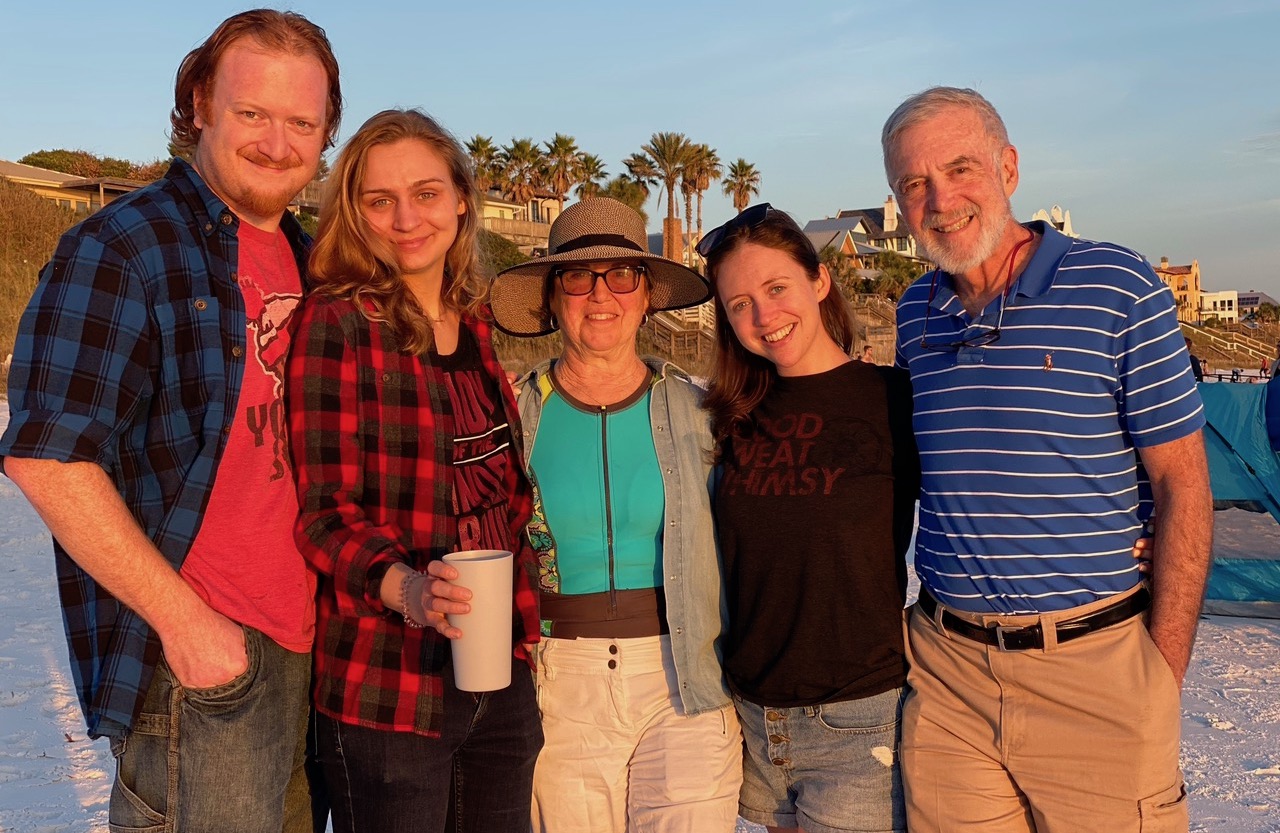
Raising children in the city could be considered somewhat novel in a country where the conventional wisdom dictates a move to the suburbs as a family grows. But one family in Washington, DC is glad they stayed in the city, which they believe offers benefits that suburbs often can’t replicate. The challenge is to ensure that more families can reap the same benefits from living and growing in a city.
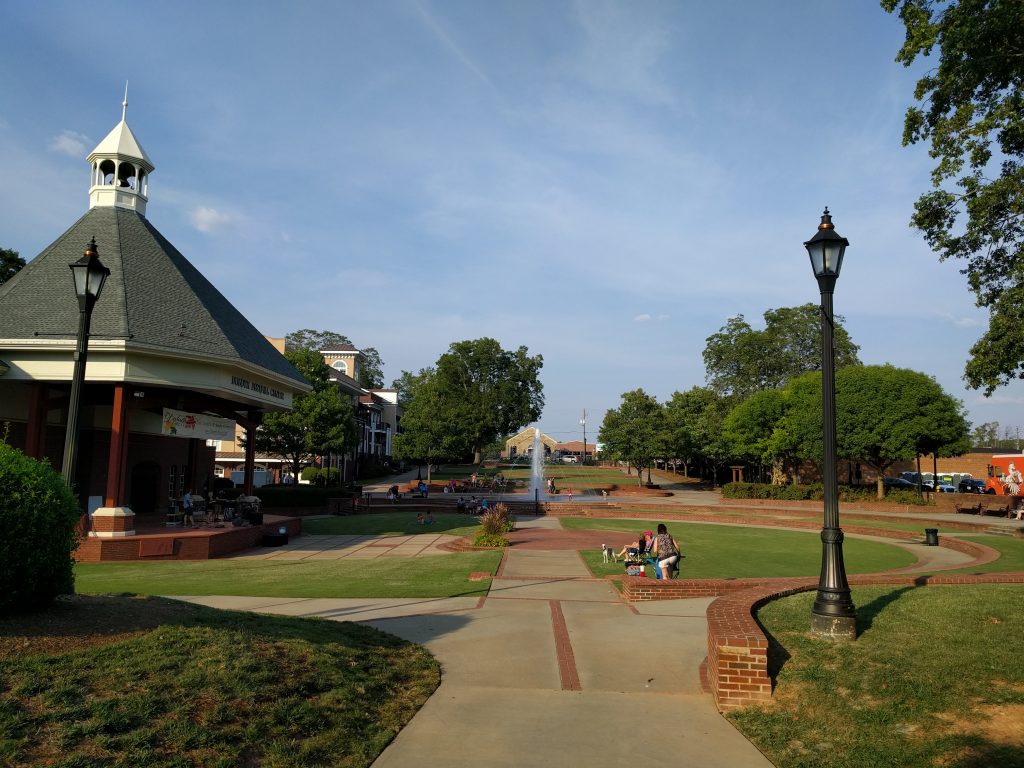
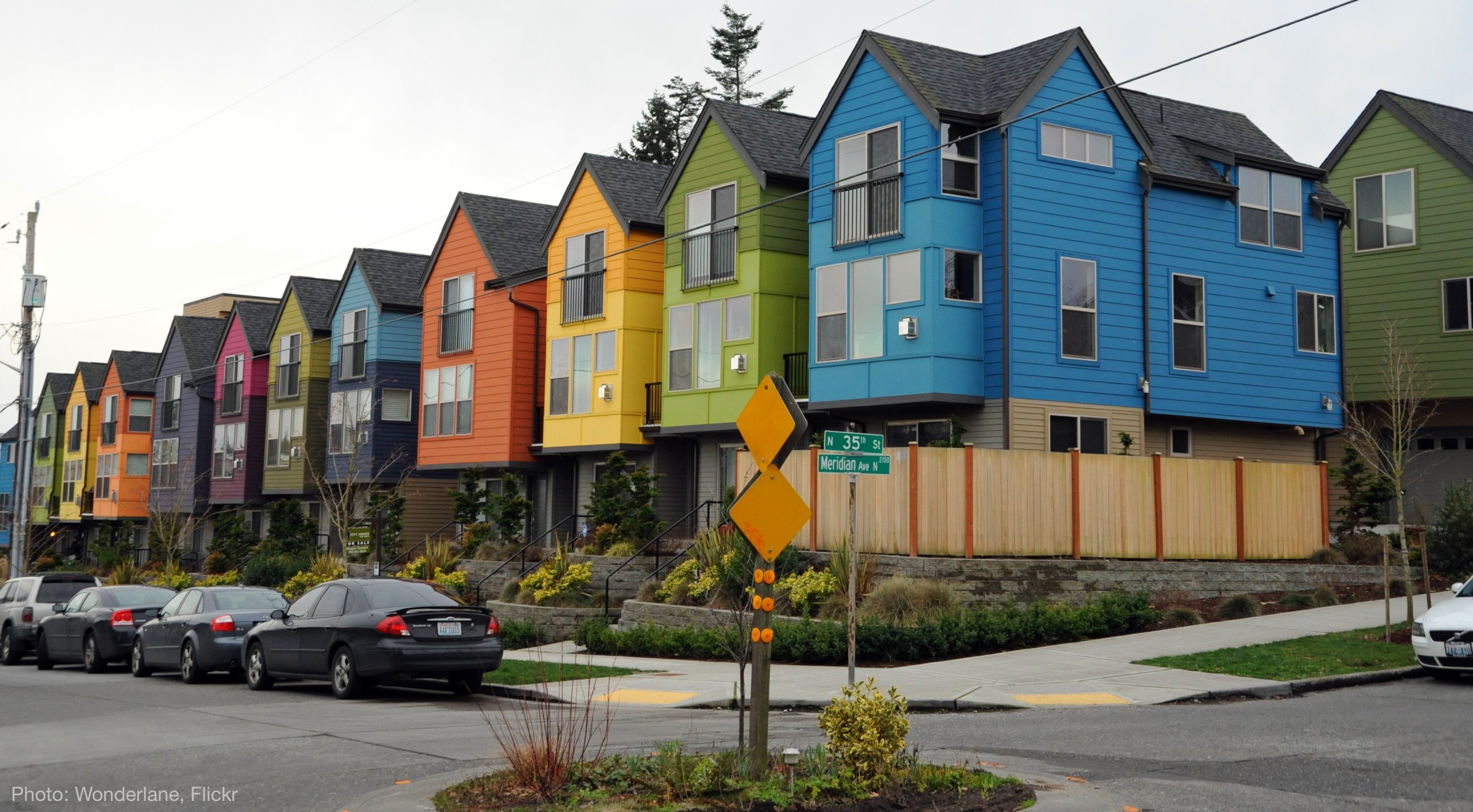
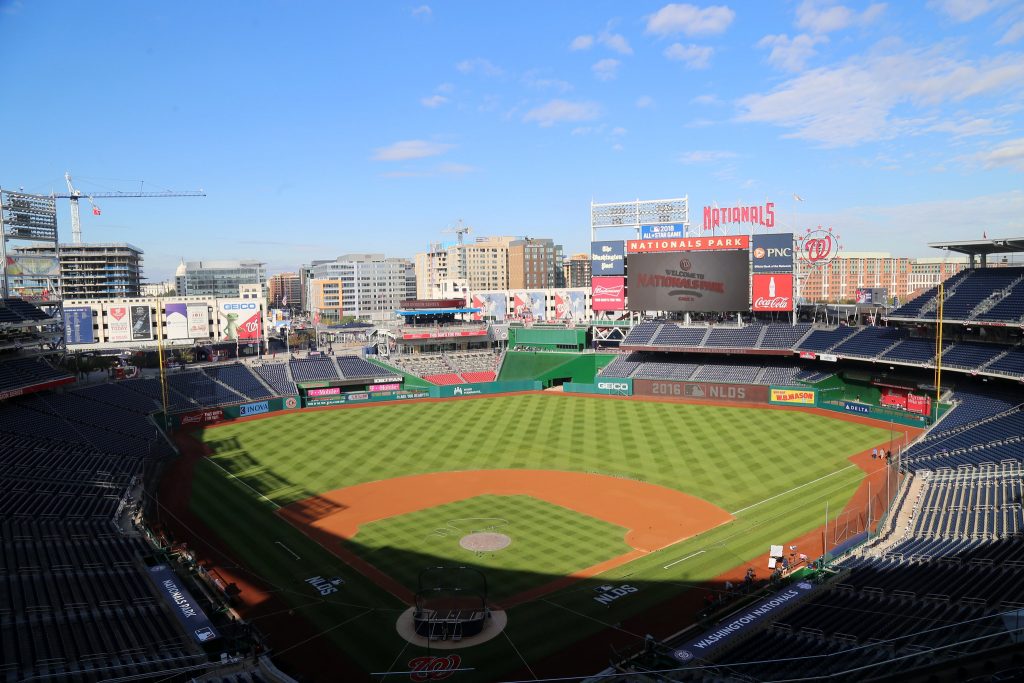
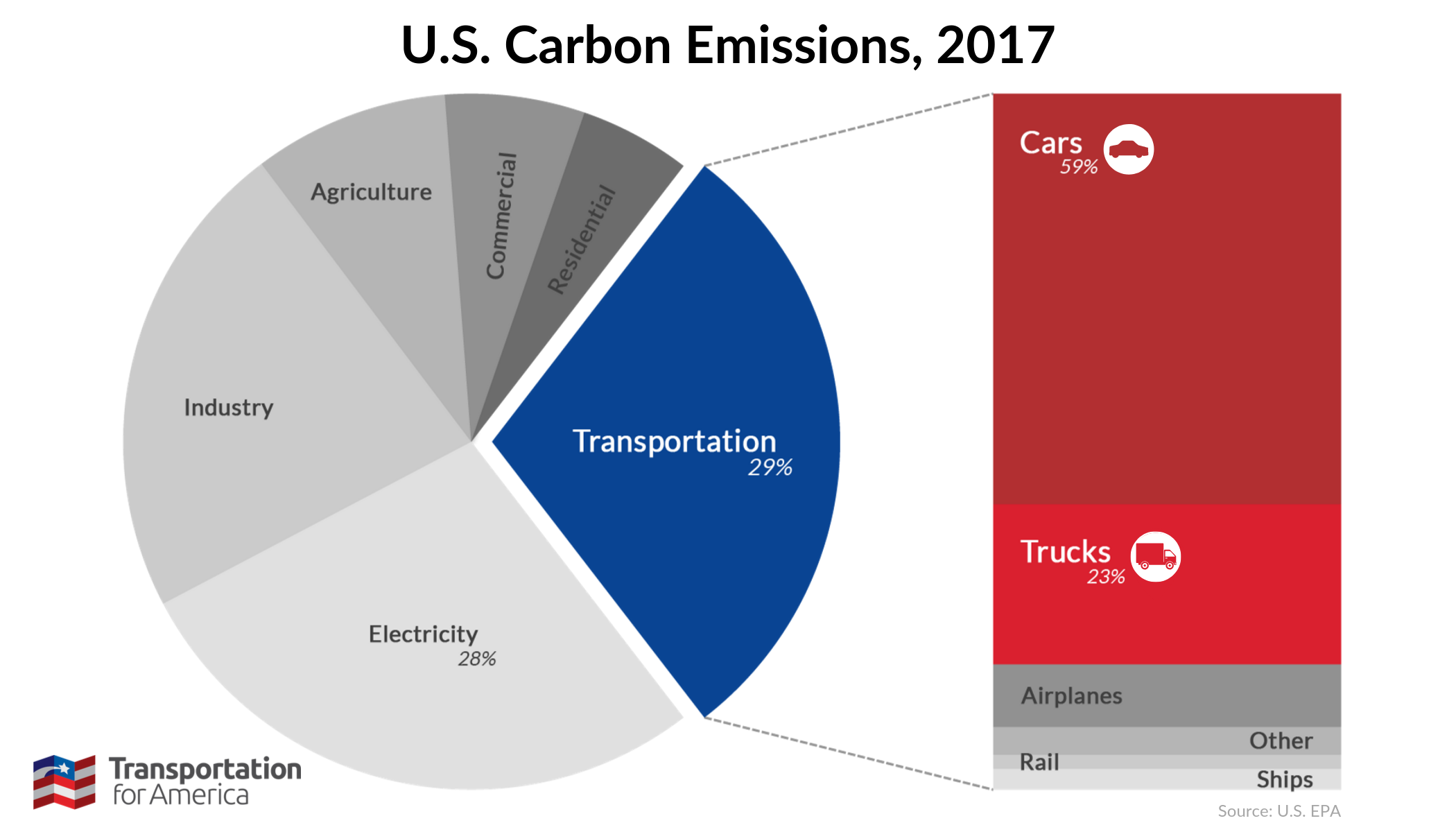
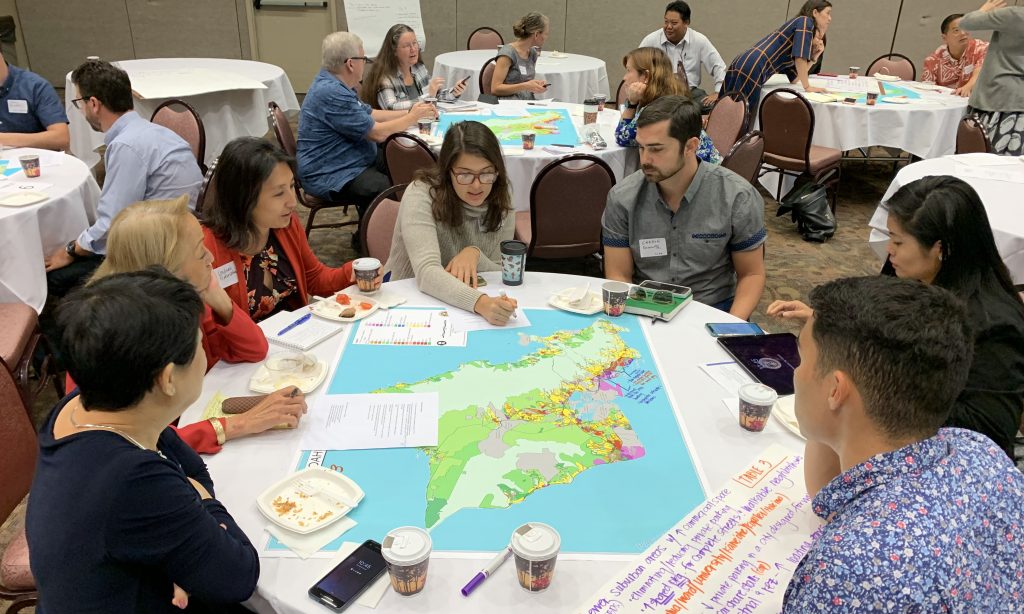

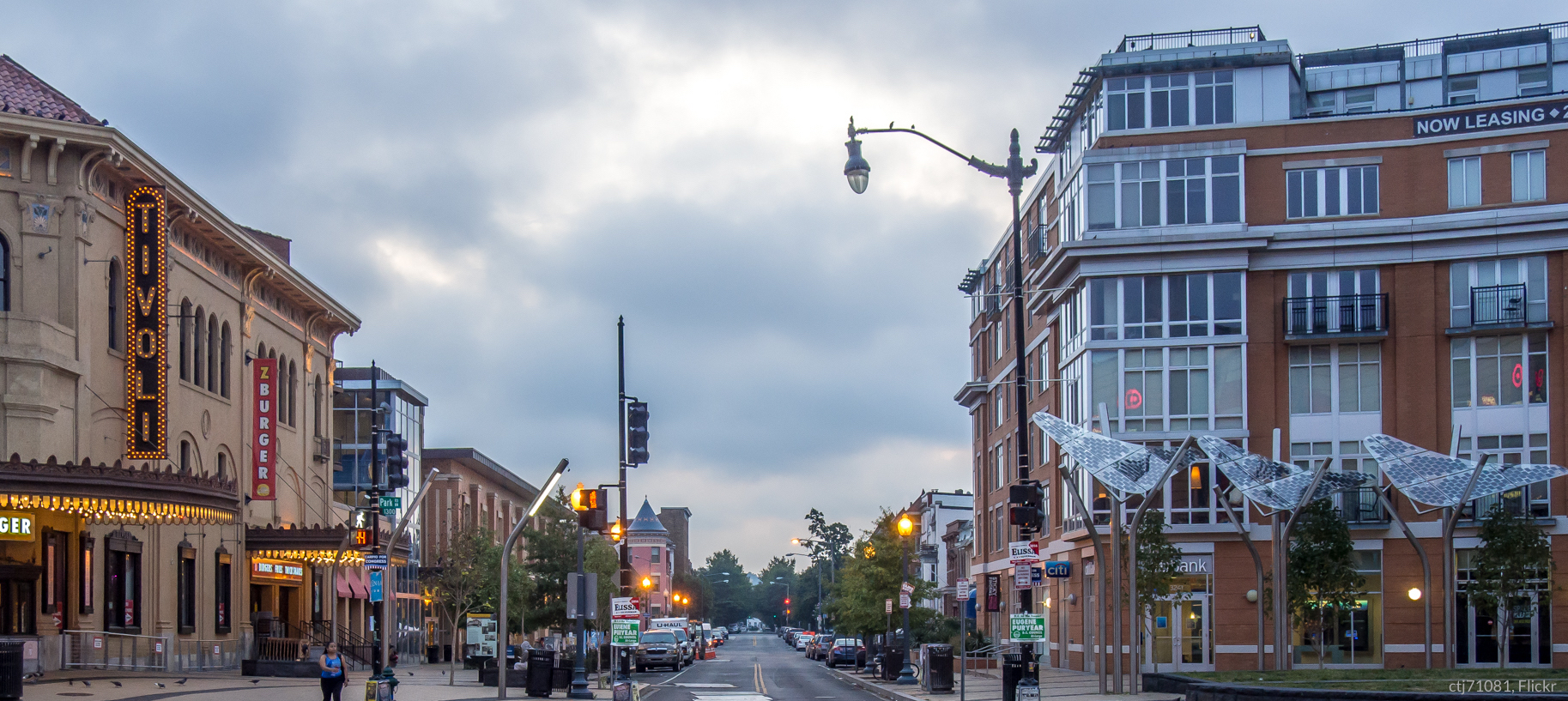 The popular narrative about younger generations aging and leaving urban centers is presented as inevitable. But most news stories fail to examine why many younger people are taking up residence in suburbia—or whether or not the suburbs they’re choosing have more in common with cities or the exurbs their parents preferred. Perhaps their move to the suburbs is more a product of constrained housing supply that leaves them with little choice but to decamp as they grow.
The popular narrative about younger generations aging and leaving urban centers is presented as inevitable. But most news stories fail to examine why many younger people are taking up residence in suburbia—or whether or not the suburbs they’re choosing have more in common with cities or the exurbs their parents preferred. Perhaps their move to the suburbs is more a product of constrained housing supply that leaves them with little choice but to decamp as they grow.
